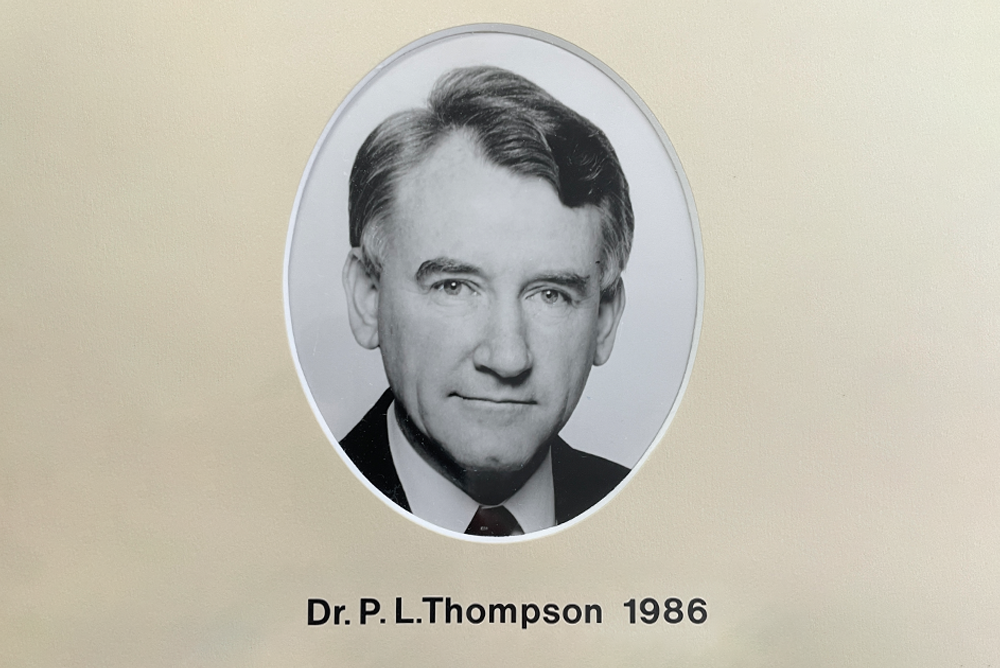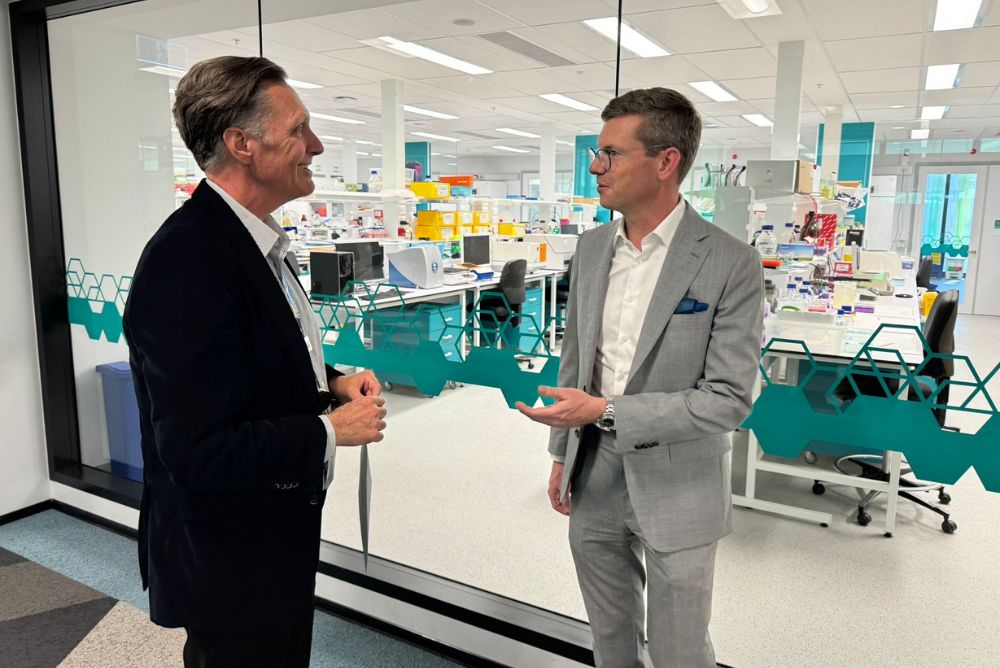

News

President’s Blog: Flick the switch on research thinking
Friday November 15, 2024
I’ve been reminded more than once in the past fortnight of the importance of medical research. Paediatric anaesthetist, researcher and AMA (WA) member Professor Britta Regli-von Ungern-Sternberg was recently named a finalist for Western Australia in the Australian of the Year awards, and just a few weeks before that was a winner of the Prime Minister’s Science Prize.
These accolades add to a long string of others, recognising Prof Regli-von Ungern-Sternberg’s extraordinary research program that drives improvements in the safety and excellence of paediatric anaesthesia.
Secondly, I had the great pleasure of a tour of the rebranded The Kids’ Research Institute Australia, formerly carrying the Telethon name, with its director Professor Jonathan Carapetis AM (incidentally, the 2008 Australian of the Year for his erstwhile home of the Northern Territory) – a leader in paediatric infectious diseases research and medical research more broadly, and a champion of the integration of medical research with clinical service.
Thirdly, I attended the funeral of Professor Peter Thompson AM, a sad occasion but an inspiring one nonetheless. A former AMA (WA) President, Prof Thompson remained a world-leading cardiovascular researcher until the end of his life. I heard at his funeral of how easily he “switched” between private and public clinical practice, research, leadership and other roles.

The late Prof Peter Thompson, AMA (WA) President 1986-87
It stands to reason that medical research should be integrated into clinical care. The best research is, after all, about the best interests and best outcomes for the patient. Medical research isn’t, and shouldn’t be, just some disconnected academic activity that informs evidence-based practice; it is integral to the fabric and performance of healthcare services themselves. Some of the best-performing health systems worldwide are those that embed research with clinical practice, and many of these were deliberately planned to have deep research links from the beginning. In other words, we can’t just expect a research culture to grow within a new hospital or other health service; it needs to be planned and fostered.
Medical research carries a significant economic benefit, too. Every dollar of investment in medical research in Western Australia delivers a return of $2.61 in benefits to the community, according to a recent report by Deloitte Access Economics.
Of course, direct involvement in research is not going to be for everyone, and nor should it be expected. But recognising its importance and the key role of doctors in leading the medical research agenda, we should consider how we foster a culture of medical research amongst future generations of our leaders. With increasing pressure of service delivery over all other activities in our stretched hospitals, this isn’t easy. We would like to see greater employer support for doctors in training, and indeed senior doctors, to conduct medical research. Can our State Government afford not to facilitate this, in the most isolated major city in the world? We must increase our self-sufficiency in many areas, including medical workforce training, which should include research training and participation. A refresh of employment arrangements for clinical academics working between the universities and the hospitals, to ensure we can attract and retain the best and brightest clinician-scientists, should also be resourced and prioritised.

In conversation with Prof Jonathan Carapetis AM at The Kids’ Research Institute Australia

